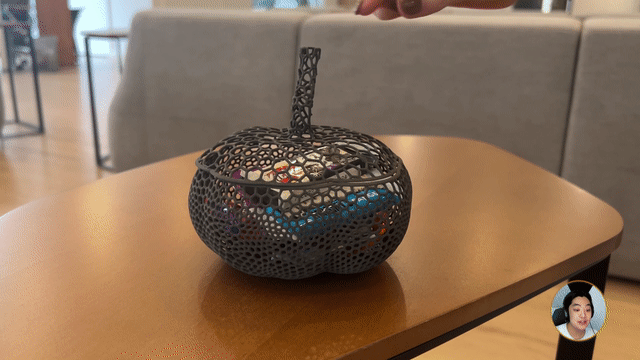How lighting leads to more accurate designs
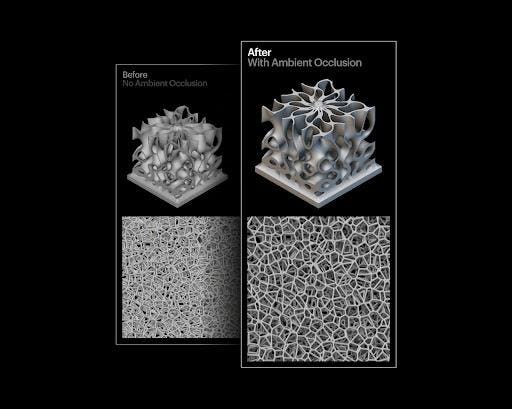
Written by nTop
Published on September 1, 2022
nTop’s new immersive visualization features enable you to create and fine-tune complex structures for additive manufacturing faster and more accurately. Let’s take a closer look at the new features.
Accurate visualization enables you to be more productive inside the virtual environment of engineering design software. It helps you to better understand how your decision affects the final geometry while you iterate on your designs. Of course, this need for intuitive visualization becomes increasingly important as design complexity increases.
For example, while you design a lattice structure in nTop that blends into the walls of a hollow shell, accurately inspecting this transition with the required level of realism enables you to avoid unnecessary mistakes and more effectively apply your knowledge of the manufacturing process and fundamental design principles.

The new three-point lighting and ambient occlusion provide a more immersive visual experience.
However, since our software is built upon an implicit modeling engine, the tricks engineers are used to while working in traditional CAD and B-REP or mesh-based models aren’t applicable.
In a recent update, we introduced two new lighting features that significantly improve your ability to view the complex geometry you generate in nTop: three-point lighting and ambient occlusion.
What is three-point lighting?
Three-point lighting is a classic method of illuminating objects in a scene with light sources from three positions: a key light, a fill light, and a backlight.
nTop's new lighting scheme uses a modified 3-point lighting scheme with a white key light and multiple orange, and blue fill and back lights that are carefully positioned around the object to provide a more realistic visualization experience. We made these adjustments to ensure that the software’s lighting was most relevant to the main applications of our users.
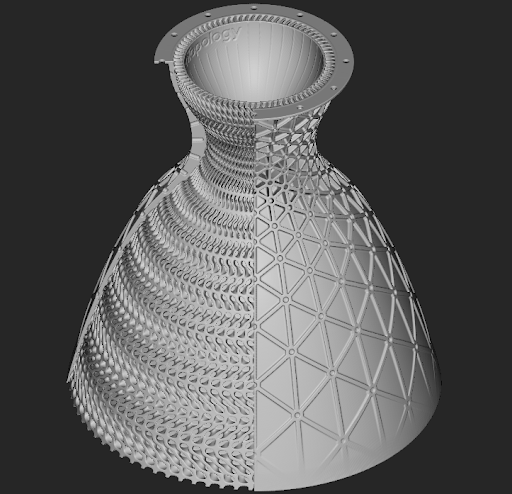
Old lighting in nTop.
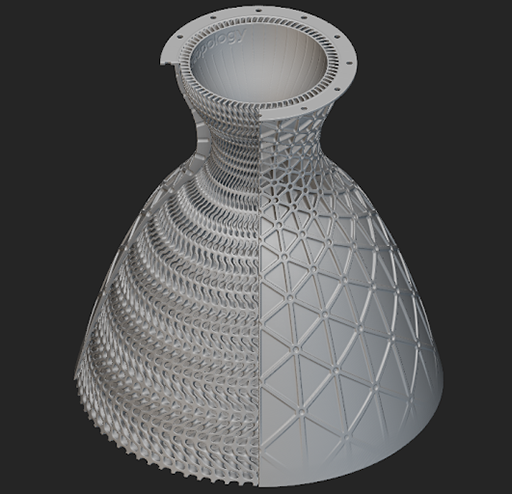
New three-point lighting in nTop.
A simple before and after example showcasing a sphere illuminated in older versions of nTop and with the new three-point lighting method.
The new three-point lighting addresses a common problem that nTop users faced. Through user testing, we found that they could not easily discern between adjacent features in a model because the old lighting made them appear “blended” from most viewing angles.
With the absence of the familiar “wireframe” overlay viewing mode common in 3D CAD environments, it was often difficult to get the best visual insights from the model. This could cause confusion to nTop users and required fiddling with the view controls to ensure the design was exactly as intended.
What is ambient occlusion?
Ambient occlusion is a global method of illuminating a scene where each point of the object is lit by taking into account all other geometry in the scene. As a result, areas that are less exposed to direct lighting around corners will appear darker and shadowed.
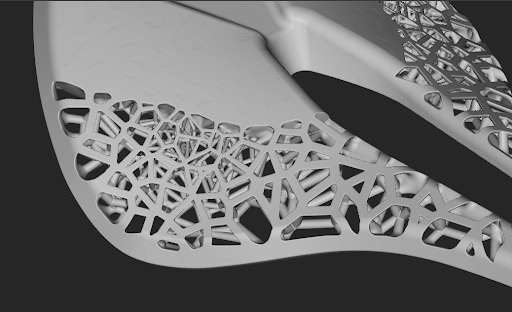
Without ambient occlusion.
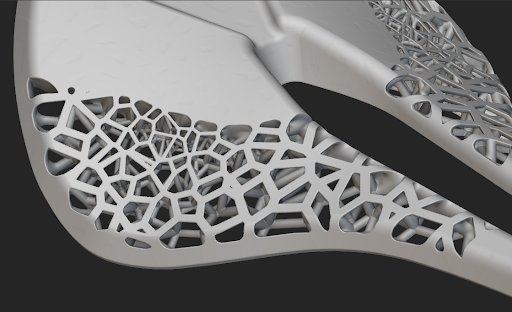
With ambient occlusion.
Ambient occlusion significantly improves the visualization of porous structures by adding a sense of depth.
Ambient occlusion in nTop adds an extra degree of realism to the scene and makes your designs appear more appealing. It also adds depth, particularly for porous structures and lattices, making the viewing experience more informative.
Previously, looking at a typical lattice in nTop made it difficult to understand how the structure looks as internal features almost blended with the external surfaces.
Putting it all together
The new lighting features, of course, work well with the existing nTop viewing utilities.
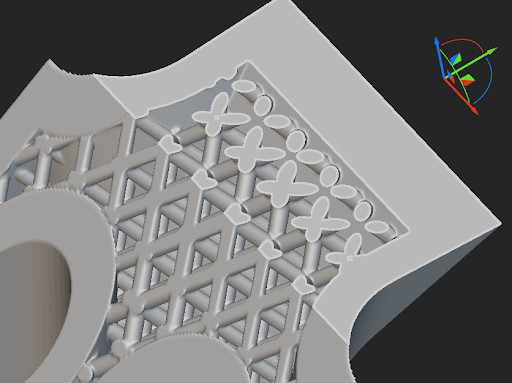
Without ambient occlusion.
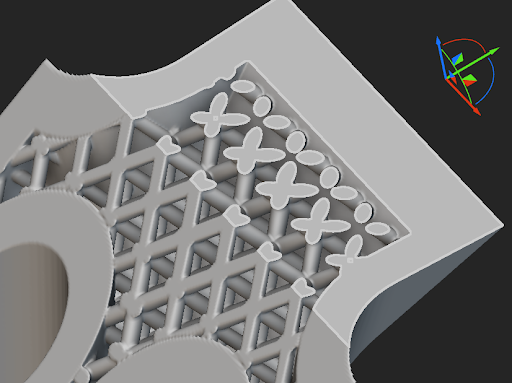
With ambient occlusion.
The section cut tool can be used together with the new lighting setting to help you inspect the internal features of a part.
For example, the section cut tool is one of the most widely used tools to help view the interior of a model. With ambient occlusion turned on, a typical lattice cross-section will stand out from the rest of the lattice below the section. Using the gimbals, you can manipulate the view and view all areas of interest.
Using the section cut tool in combination with the new lighting is particularly helpful in thermal management while designing heat exchangers or any other application where an internal lattice requires careful inspection by cross-sectioning.
The next steps
Moving forward, we will continue to focus on improving visualization to help build a more immersive, informative, and intuitive modeling environment.
The current lighting implementation sets the foundation for further advanced visualization improvements and features tailored to your use cases and design workflows.
What do you think of the new lighting? Share with us your experience with the new lighting on LinkedIn or Twitter.

nTop
nTop (formerly nTopology) was founded in 2015 with the belief that engineers’ ability to innovate shouldn’t be limited by their design software. Built on proprietary technologies that upend the constraints of traditional CAD software while integrating seamlessly into existing processes, nTop allows designers in every industry to create complex geometries, optimize instantaneously, and automate workflows to develop breakthrough 3D-printed parts in record time.
Related content
- VIDEO
Five ways to lightweight in nTop
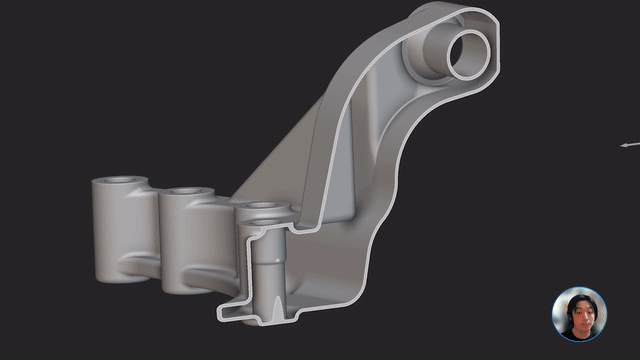
- VIDEO
Sneak peek into the nTop + Autodesk Fusion 360 integration
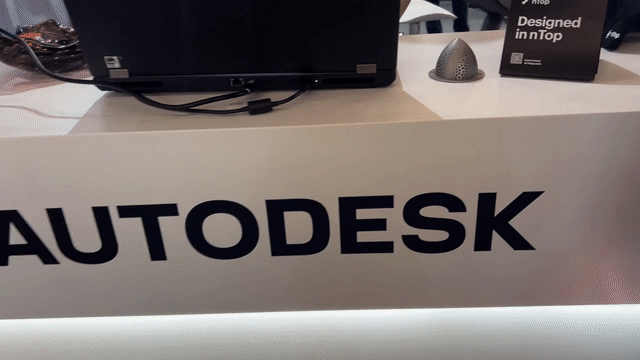
- ARTICLE
Optimizing thermal management with conformal cooling to extend operational life
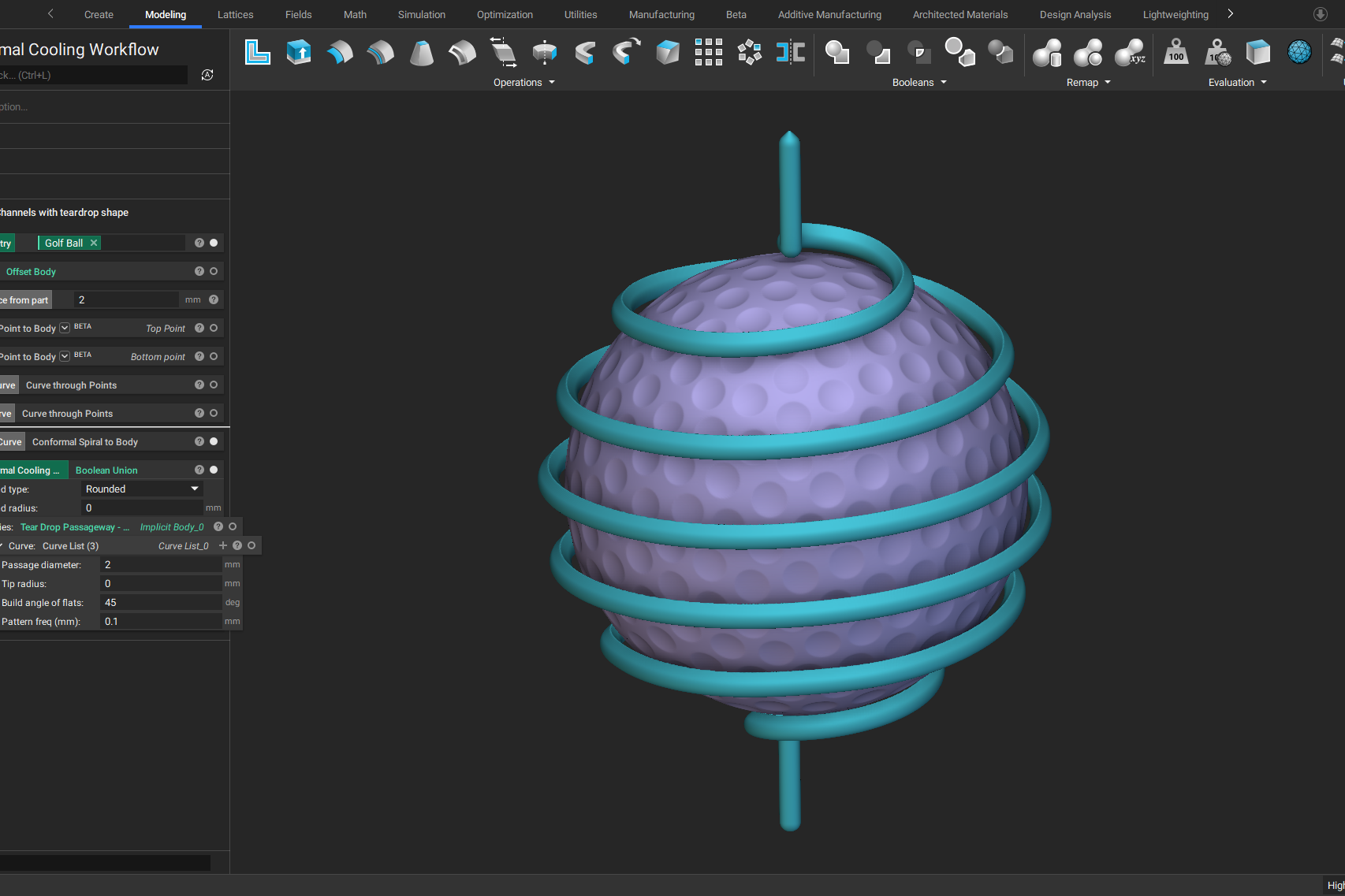
- ARTICLE
Advancing structural performance of aerospace heat exchangers
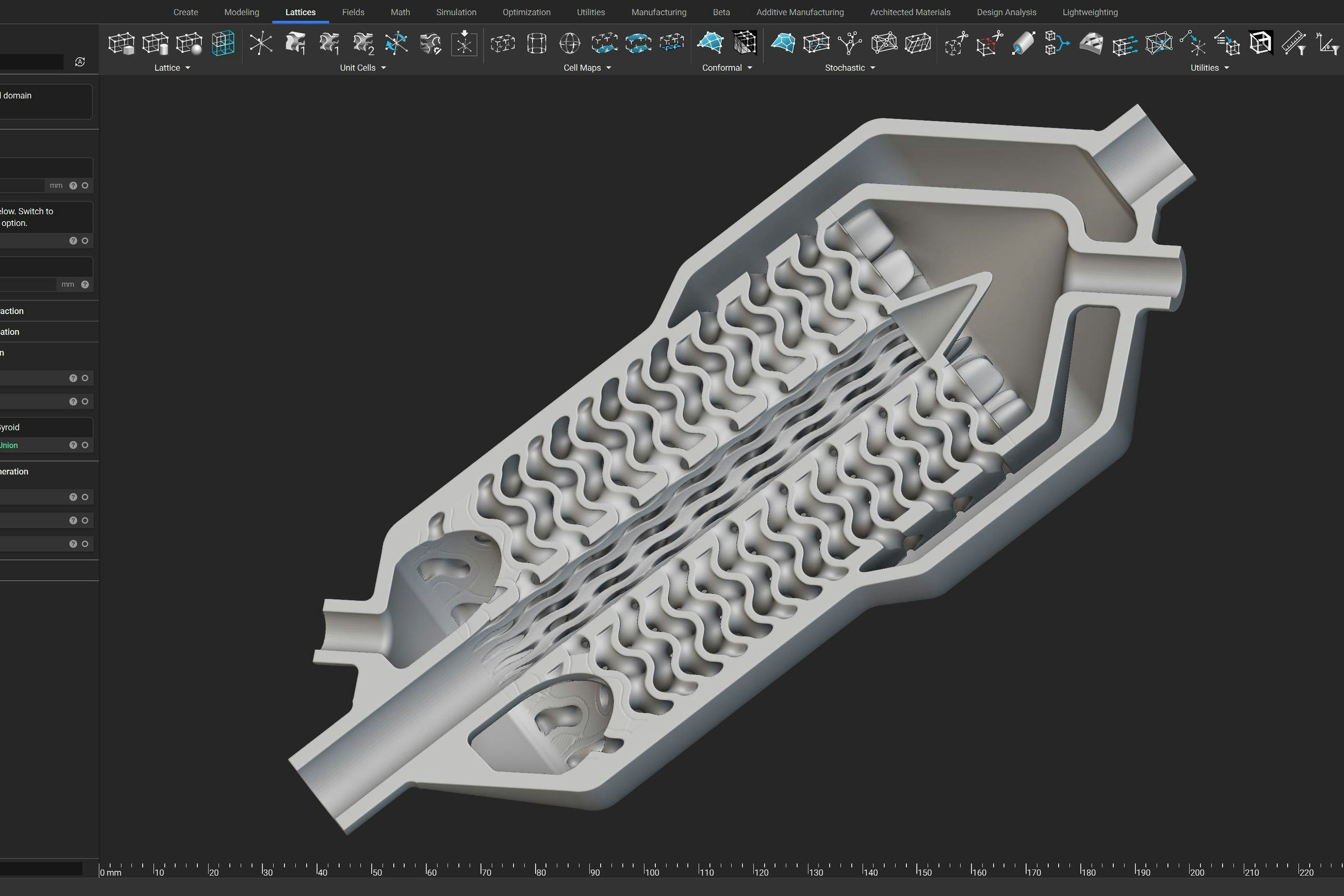
- VIDEO
Design a spooky Halloween candy bowl in nTop
